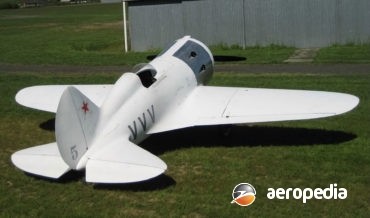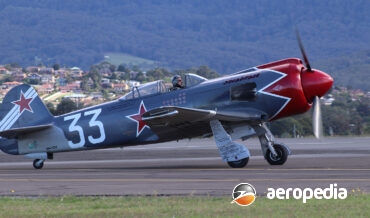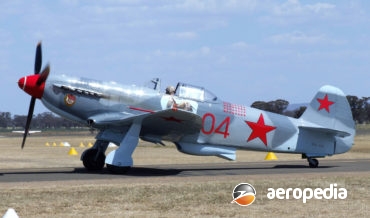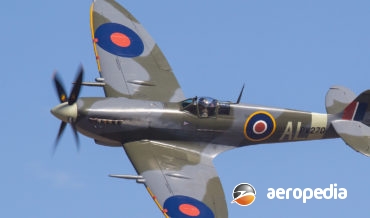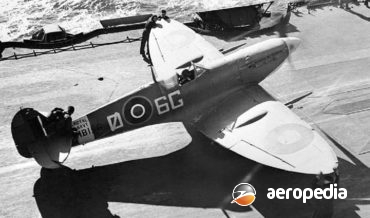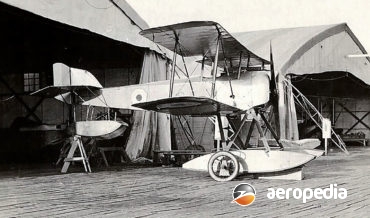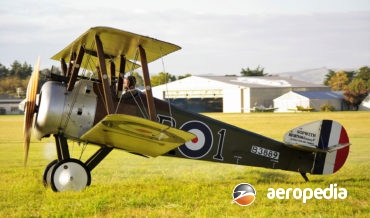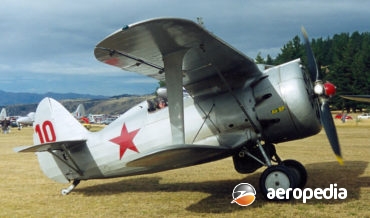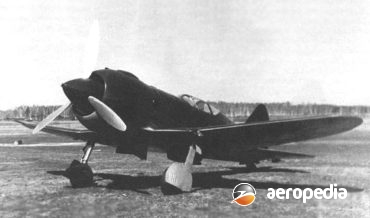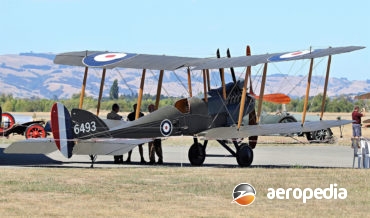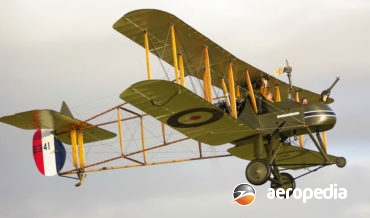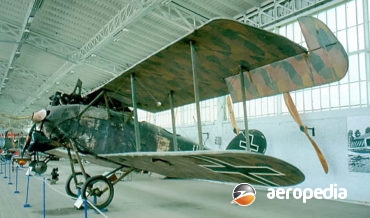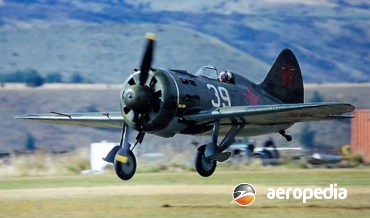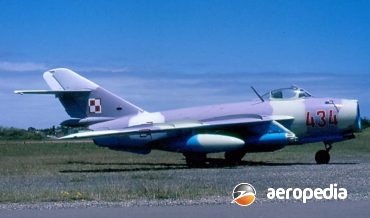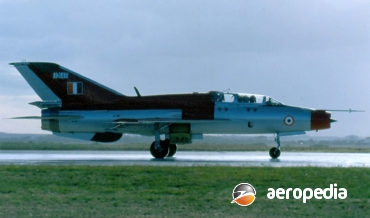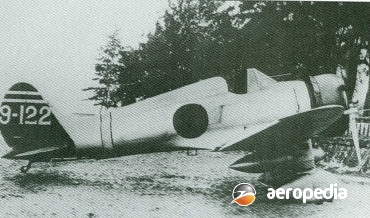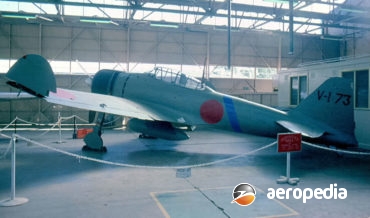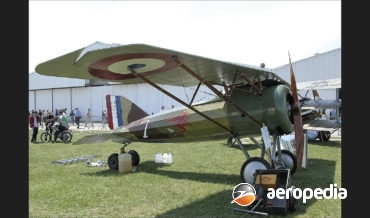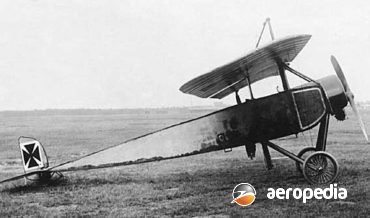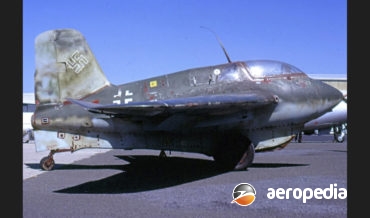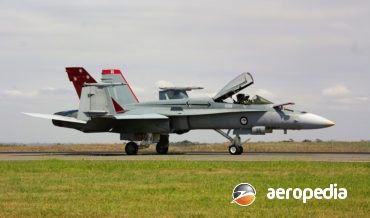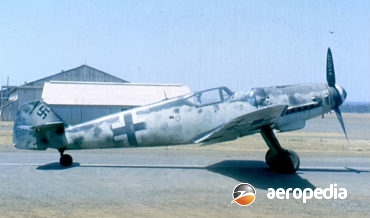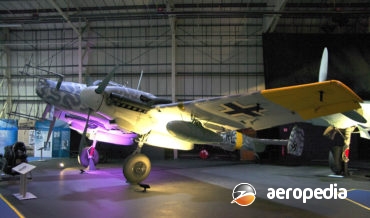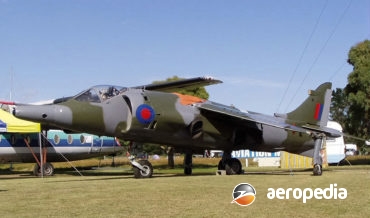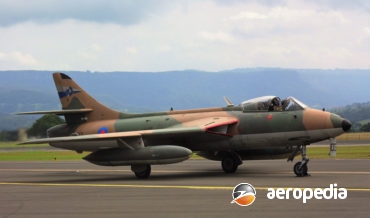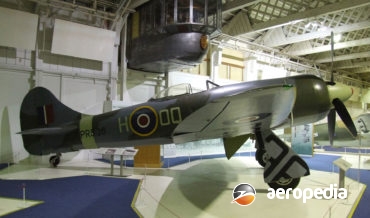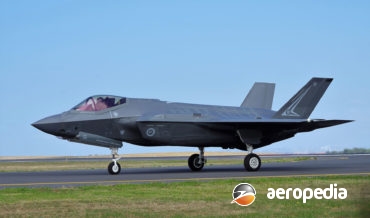All Contents
Contents
The Yak-7 was designed by Alexander S Yakovlev and was a development of the Yak-1, initially known as the I-26, which was first flown in 1940.
David C. Eyre
- March 23, 2020
At the conclusion of fighting in the Spanish Civil War in April 1939 the Nationalist air arm possessed some 40 Messerschmitt Bf 109Bs and a number of Bf 109Es.
David C. Eyre
- August 24, 2019
In New Zealand Volker Heydecke built an all-composite 66-percent scale replica of a Polikarpov I-16 Type 24 fighter and it was fitted with a 112-kw (150-hp) Rotec R3600 radial engine with a 3:2 gearing.
David C. Eyre
- August 24, 2019
The Yak 3 is one of a range of important Soviet aircraft emanating from the Design Bureau of Aleksandr Sergeyevich Yakovlev, the design of the Yak 3 commencing in 1941 based around the new VK-107 VEE-twelve engine, design parameters including least possible drag, smallest dimensions, and weight consistent with a
David C. Eyre
- May 19, 2019
The Yak-3U was a completely new design produced by the Yakovlev Design Bureau and used the light alloy stressed skin metal wing and tail surfaces of the latterly built Yak-3 fitted with the M-107 in-line V-12 engine but was built with a completely new fuselage fitted with a 14-cylinder two-row
David C. Eyre
- May 19, 2019
The Yakovlev series of fighters gained the distinction during World War II as being the Workhorses on the Eastern Front and, although the type entered service at the beginning of the War, it continued in service long after hostilities concluded, and saw service with a number of airforces, including the
David C. Eyre
- May 19, 2019
Probably the most famous fighter aircraft, the Spitfire was conceived as the Supermarine Type 300 single-seat fighter and was designed by a team lead by Reginald J Mitchell.
David C. Eyre
- May 19, 2019
The Supermarine Swift was designed and built to specification E.41/46 by the Supermarine Division of Vickers-Armstrongs (Aviation) Ltd, it being a swept-wing fighter based on the naval fighter, the Attacker.
David C. Eyre
- May 19, 2019
In 1941, following the success of the Sea Hurricane, it was decided to build a variant of the Spitfire for operations from British aircraft carriers, and a Mk VB was converted and performed compatibility trials on board HMS Illustrious.
David C. Eyre
- May 19, 2019
The Baby was a development of the Schneider, being a twin float seaplane built for the Royal Naval Air Service.
David C. Eyre
- May 19, 2019
One of the most successful and popular single-seat fighter scouts of World War I, the Camel was an ideal vehicle for those pilots who mastered its potent peculiarities, being ideal for aerobatics and dog fighting;but it was also a vicious machine, in fact a potential deathtrap to those who did
David C. Eyre
- May 19, 2019
The fastest biplane ever to see operational service, the I-153 made its operational debut during the Spanish Civil War, during which it became known as the Chaika (Gull).
David C. Eyre
- May 19, 2019
Based on the I-180 series, the I-185 was designed in 1940, which itself was developed from the I-16 but was virtually a new design.
David C. Eyre
- May 19, 2019
The BE.12 was a single-seat fighter developed in 1915. The prototype was a re-built BE.2c (serial 1697), being a two-bay equal-span biplane with a Royal Aircraft Factory 4a engine.
David C. Eyre
- May 19, 2019
Built by the Royal Aircraft Factory at Farnborough, the FE.2 (Fighter Experimental 2) first appeared in 1911, entering production in August 1913 as a fighting scout aircraft.
David C. Eyre
- May 19, 2019
The SE-5 (Scout Experimental 5) and SE-5a share, with the Sopwith Camel, the distinction of being the best single-seat British fighter aircraft of World War I.
David C. Eyre
- May 19, 2019
The Republic P-43 Lancer was a development of the Seversky P-35, and in turn was developed to become the P-47 Thunderbolt. In 1938 the Seversky Aircraft Corp worked on the development of the P-35, the AP-2 and the AP-4, each differing only in the positioning of the turbo-supercharger.
David C. Eyre
- May 19, 2019
Designed by Alexander Kartveli, Republic Aviation’s chief engineer, the P-47 was one of the outstanding designs of World War II, being the mount of some of Americas top scoring aces, undertaking some 546,000 combat sorties between March 1943 and August 1945, during which 1,934,000 operational hours were accumulated.
David C. Eyre
- May 19, 2019
The Rumpler C.VIII was developed by Dr Edmund Rumpler from a series of fighters he designed for the German services, stemming from the C.I, C.III, C.IV, early models being known as the Eindecker and the Taube, these being two-seat monoplanes used on reconnaissance flights at the beginning of the War.
David C. Eyre
- May 19, 2019
The I-16 (known as the Ishak or Rata) was designed by a team headed by Nikolai Polikarpov and was flown for the first time on 31 December 1933 fitted with a 336 kw (450-hp) M-22 engine (licence built Bristol Jupiter) and achieved a max speed of 360 km/h (224 mph).
David C. Eyre
- May 19, 2019
Known as the Schwalbe (Swallow), or Sturmvogel (storm petrel) the Me 262 was unquestionably the foremost fighter of its day, with a heavy armament, and a performance far superior to any aircraft available to the Allies during the latter stages of World War II.
David C. Eyre
- May 19, 2019
The name MiG is made up of the last two names of the two men who for many years headed the design bureau of that name, Artem Ivanovich Mikoyan and Mikhail Iosifovich Gurevich.
David C. Eyre
- May 19, 2019
The MiG 17 was a total redesign of the MiG 15, some 6,000 being built in the Soviet Union, and large numbers were built under licence in Poland (as the Lim 5), China (as the J-5, J-5A and JJ-5), and Czechoslovakia.
David C. Eyre
- May 19, 2019
With more than 10,000 examples built, having served with more than 40 air forces world-wide, having been licence built in India, China, Poland and Czechoslovakia, the MiG 21 series (known by the NATO name Fishbed) has been one of the most widely used jet fighter aircraft of all time, and
David C. Eyre
- May 19, 2019
The Mitsubishi A5M Type 96 Carrier Fighter began its operational career in September 1937 when aircraft of the Imperial Navy engaged aircraft of the Chinese Nationalist Government over the capital, Nanking.
David C. Eyre
- May 19, 2019
In its day the Zero was the foremost carrier-based fighter aircraft, and early in World War II was the subject off a myth of invincibility in the air.
David C. Eyre
- May 19, 2019
In 1917 Morane-Saulnier designed two fighter aircraft using the fuselage that had been built for the Type AC and which had the Gnome Monosoupape rotary engine.
David C. Eyre
- May 19, 2019
The Type L was a parasol wing single or two-seat parasol wing fighter designed in 1914 for surveillance and artillery observation, being built by Morane Saulnier with a single machine gun firing through the arc of the propeller, which was protected by armoured deflector wedges.
David C. Eyre
- May 19, 2019
The result of a lengthy development period, the Messerschmitt Me 163, designed by Professor Alexander Lippisch, entered service, as did a number of other German designs, too late to have any real effect on the outcome of World War II.
David C. Eyre
- May 19, 2019
The origins of the F/A-18 Hornet stem from the design by Northrop in the late 1960s of the P-530 Cobra.
David C. Eyre
- May 19, 2019
For many years The Phantom II was one of the most important aircraft in the western world’s inventory, but has been phased out of major service. In all 5,201 airframes had been completed by the time production ceased in 1981.
David C. Eyre
- May 19, 2019
The Messerschmitt Bf 109, the most important Luftwaffe fighter of World War II, was produced in larger numbers than any other fighter aircraft ever built, some 33,000 odd being completed.
David C. Eyre
- May 19, 2019
The prototype of the Messerschmitt Bf 110 (Bf 110V-1 – D-AHOA) series made its first flight on 12 May 1936 in the hands of Bayerische Flugzeugwerke A-G test pilot Hermann Wurster.
David C. Eyre
- May 19, 2019
After many years of research into vertical take-off and landing (VTOL), on 21 October 1960 Hawker Siddeley flew, tethered, the P.1127 (XP831), a single-seat fighter designed around the Bristol Siddeley Pegasus engine which had four rotating exhaust nozzles to provide vertical and horizontal flight.
David C. Eyre
- May 19, 2019
Following the cessation of hostilities in World War II, Hawker initiated design of a private project single-seat fighter (known as the P-1067) powered by a 6,500 lbst Rolls Royce AJ65 axial flow turbojet fitted with two 30 mm Aden cannon.
David C. Eyre
- May 19, 2019
The Hurricane was designed by Sydney Camm to Air Ministry specification F36/34, the prototype (K5083) built at Kingston making its first flight on 6 November 1935, the first production aircraft flying on 12 October 1937, and the first unit to receive the aircraft being No 111 squadron at Northolt.
David C. Eyre
- May 19, 2019
In 1950 the Australian Government expressed interest in obtaining a new variant of the Hawker P.1052 single seat fighter then under test at the Hawker facility at Kingston.
David C. Eyre
- May 19, 2019
The Tempest was a development of the Typhoon designed by a team lead by Sydney Camm, being a logical development of the earlier aircraft with the Napier Sabre IV engine
David C. Eyre
- May 19, 2019
The Hawker Typhoon was designed by Sydney Camm as an interceptor fighter to replace the Hurricane.
David C. Eyre
- May 19, 2019
The Lockheed Martin F-35 – or the Joint Strike Fighter as it was initially known - represents potentially the single largess and most ambitious military aircraft development for many years and is aimed at providing one aircraft to meet the requirements of a number of military services.
David C. Eyre
- May 19, 2019
Recent Comments
Archives
Categories
- No categories
Categories
- No categories
Latest Posts
Newsletter



